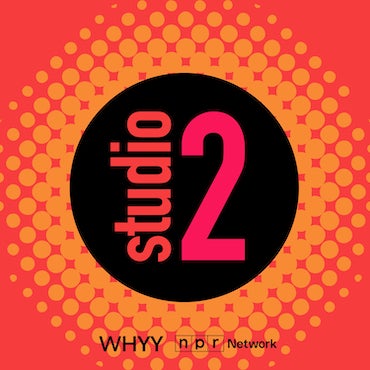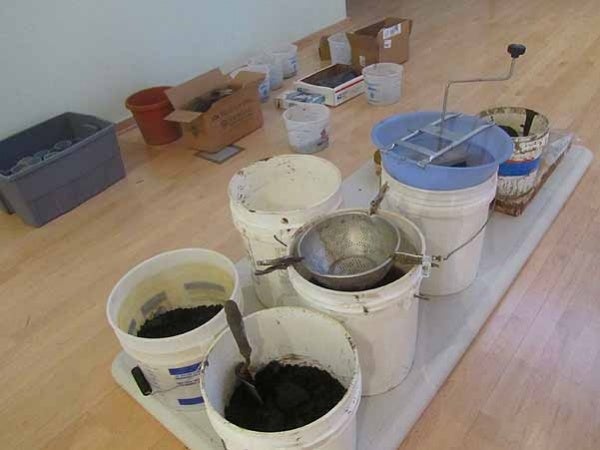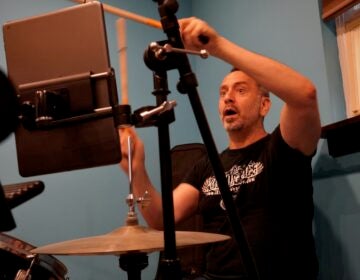Artist’s mugs make fracking debate easier to grasp
An area artist is turning Marcellus Shale into coffee cups.
Jennie Shanker digs shale out of the ground in central Pennsylvania, sifts it into clay, and makes pottery that puts the fracking debate into the palm of your hand.
When she first went into shale country, Shanker thought any clay she found would be from the vast Marcellus Shale formation where drilling companies extract natural gas through hydraulic fracturing, or fracking.
Fracking involves cracking shale deep in the ground with extremely pressurized water and chemicals. It has become a controversial issue; huge amounts of energy could potentially be pulled from the ground at significant environmental cost.
Shanker wanted to work with Marcellus Shale clay to become more closely involved.
“It looks like other shales that are out there,” said Shanker. “But geologists say they see other things that are similar, and the way they can tell it apart is by the level of radiation it emits. It’s a little bit elevated.”
By using a Geiger counter, Shanker found that naturally occurring radioactivity in Marcellus Shale clay is about twice the level of her cell phone. While that made her nervous, that level is considered an acceptable amount of radiation.
Shanker discovered the fragile beauty of the shale. It’s extremely brittle, easily crumbling between her fingers. “It’s the most brittle thing I’ve found that still holds its shape,” she said.
Just getting the shale proved to be a challenge. Usually deep in the ground–drillers can go down a mile before they hit it–it’s not normal for Marcellus Shale to be on the surface of the Earth. Shanker consulted with geologists to get coordinates of known outcroppings.
‘Everybody’s on a side’
Getting to those outcroppings sometimes involves trespassing. Shanker said a farmer in Central Pennsylvania threatened to call the police when she dug four buckets of shale on his land.
“People out there are very sensitive,” said Shanker. “I don’t know what side he’s on; he doesn’t know what side I’m on. And everybody’s on a side.”
Shanker says she is not for fracking or against it. But she is concerned that drilling companies are exempt from certain federal water regulations.
“By making a cup, it puts this whole situation in direct relation to you. To your body,” said Shanker. “You have to decide, is it safe to drink this stuff?”
Marcellus Shale clay is not great for pottery–it cracks easily and loses a quarter of its size when fired. The cups have a rough look, slightly misshapen with a greenish-gray coloring inside. While they have been chemically determined to be tested as food-safe, they are not the most inviting shape.
“I find materials really expressive,” said Shanker. “When materials don’t show themselves, you end up with something that’s not very interesting to look at or think about.”
The cups toe the line between environmentally charged art and functional craft. Shanker said she’s not afraid to drink out of the cups with chemical and political traces, but she likely won’t because they don’t offer the sensual pleasure of, say, bone china.
The cups are on display at Temple University’s Tyler School of Art.
WHYY is your source for fact-based, in-depth journalism and information. As a nonprofit organization, we rely on financial support from readers like you. Please give today.










